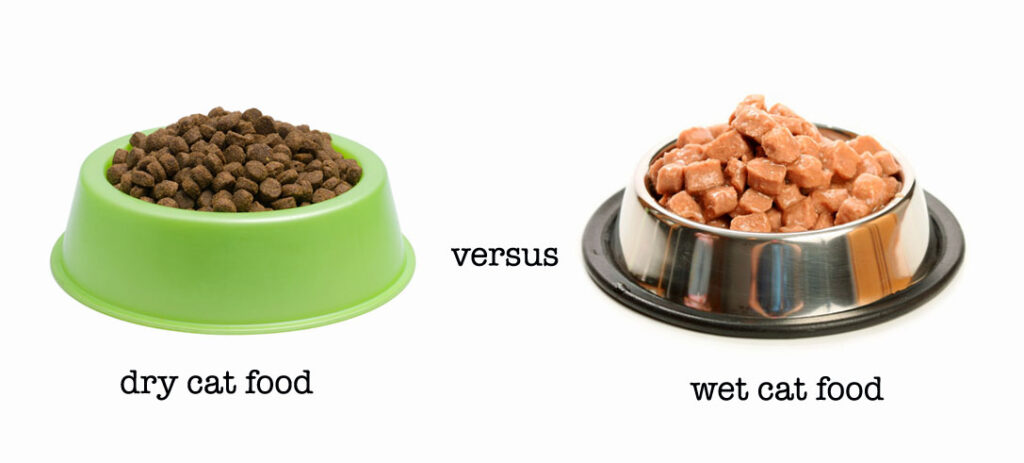Choosing between dry cat food and wet cat food isn’t just a matter of convenience or cost it’s a decision that shapes your cat’s health, behavior, and longevity. While many articles skim the surface with generic comparisons, a deeper look reveals how formulation, feeding behavior, and even microbiome diversity are influenced by the type of food you serve.
Dry cat food, often praised for its shelf stability and affordability, typically contains lower moisture content around 10%. This makes it ideal for free-feeding households and multi-cat environments. However, its low water content can pose risks for cats prone to urinary tract issues or kidney disease, especially since felines have a naturally low thirst drive. Cats evolved as desert dwellers, obtaining most of their hydration from prey. When fed dry food exclusively, they may not compensate by drinking more water, leading to chronic dehydration over time.
Wet cat food, with moisture levels exceeding 70%, more closely mimics the hydration profile of a natural feline diet. This can support urinary health, reduce the risk of bladder stones, and promote satiety with fewer calories. However, not all wet foods are created equal. Some contain high levels of gums, thickeners, or low-quality meat by-products that may undermine nutritional value. Additionally, wet food tends to be more expensive and less convenient for pet owners who travel or work long hours.
From a nutritional standpoint, both dry and wet cat food can meet AAFCO standards, but the devil is in the details. Dry food often relies on carbohydrate fillers to maintain structure, which can contribute to obesity and insulin resistance in sedentary indoor cats. Wet food, while generally lower in carbs, may lack the abrasive texture that helps reduce plaque buildup. Contrary to popular belief, dry kibble does not “clean teeth” effectively unless specifically formulated as a dental diet. Regular brushing or dental treats are still necessary.
Behavioral enrichment also plays a role. Cats fed wet food may exhibit stronger food seeking behaviors due to scheduled feeding times, which can be harnessed for training or bonding. Dry food allows for puzzle feeders and slow dispensing toys, supporting mental stimulation and portion control. The choice between the two isn’t binary it’s strategic. Many veterinarians now recommend a mixed feeding approach: wet food for hydration and satiety, dry food for convenience and enrichment.
Global trends show a shift toward high protein, grain free wet foods, especially in regions where feline obesity and renal disease are rising. Yet, sustainability and sourcing remain critical. Ethical brands that disclose ingredient origins and avoid unnecessary additives offer a nutritional edge that transcends format.
Ultimately, the most nourishing diet is one tailored to your cat’s age, health status, lifestyle, and preferences. A senior cat with early kidney disease may thrive on a moisture rich, low phosphorus wet diet, while a young, active cat might benefit from high-protein dry kibble supplemented with fresh water and occasional wet meals. The key is not choosing sides, but choosing wisely with your cat’s biology, behavior, and long-term wellbeing in mind.
Available Cat Breeds:

